Explore the Primeval Lowland Rainforest
Lokobe Nature Special Reserve is located in the South East area of Nosy Be. The last remaining primeval lowland rainforest protects some of the only black lemurs left in the wild. The reserve’s wet, tropical climate and dense evergreen rainforest is home to a vast collection of endemic wildlife. Hike with your guide around this humid environment or you can choose to canoe. Look out for the endangered black lemur and mesmerising Nosy Be panther chameleon.
Lokobe Special Reserve, also known as Lokobe National Park, is a protected area in northwestern Madagascar. Located on the southeastern part of Nosy Be, a popular tourist island off the coast of Madagascar, it is a significant site for biodiversity.
Overview and Location
- Location: Southeastern part of Nosy Be island, Madagascar.
- Area: Approximately 740-862 hectares.
- Significance: It is one of the last remaining primary lowland rainforests on the island of Nosy Be, and its establishment in the 1920s aimed to protect its unique ecosystems from deforestation.
Fauna and Flora
Lokobe is a haven for endemic species, many of which are unique to Madagascar. The reserve’s lush tropical climate and high humidity support a diverse range of plant and animal life.
Notable Fauna:
- Lemurs: The reserve is famously home to the black lemur (Eulemur macaco). Visitors often encounter these curious creatures during forest hikes. Other species include the Nosy Be mouse lemur and the Nosy Be sportive lemur.
- Reptiles and Amphibians: The reserve boasts over 50 reptile and 35 amphibian species. You can find a variety of chameleons, including the stunning Nosy Be panther chameleon, and a number of leaf-tailed geckos (Uroplatus spp.), which are masters of camouflage. Other species include various snakes, lizards, and frogs.
- Birds: Lokobe is a good location for birdwatching, with over 40 species, including the Madagascar pygmy kingfisher and the Madagascar long-eared owl.
Notable Flora:
- The forest is characterized by dense vegetation, including hardwood trees, palms, ferns, and numerous species of orchids.
- The reserve is a refuge for rare plants such as the Dypsis nossibeensis and ampasandavae palms.
Visitor Experience
Visiting Lokobe is an immersive experience into a pristine tropical forest. The most common way to access the reserve is by taking a traditional canoe from the nearby fishing village of Ambatozavavy to the village of Ampasipohy, which serves as a gateway to the park.
Key attractions and activities:
- Guided Forest Walks: Tourists can hike on established trails to observe the wildlife, guided by local experts who can point out medicinal plants, rare animals, and explain the local ecosystem.
- Wildlife Viewing: The primary draw is the chance to see the black lemurs, as well as chameleons, geckos, and other unique creatures in their natural habitat.
- Cultural Experience: The journey often includes a visit to a local village, where visitors can enjoy a traditional lunch and learn about the local culture.
- Night Walks: Since 2025, Lokobe has been one of the national parks in Madagascar to offer night walks, providing a chance to see nocturnal animals.
Local Hotels

Unsure Where To Start?
Let’s talk about your Earth Trip


Our travel specialists are seasoned explorers with deep local insights. Whether it’s uncovering hidden gems or planning immersive cultural experiences, we design trips that go beyond the ordinary. Get in touch today!
Request A Video MeetingOther Popular Experiences










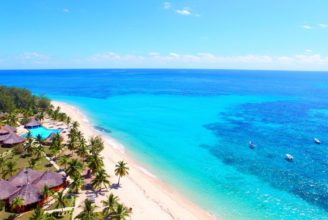
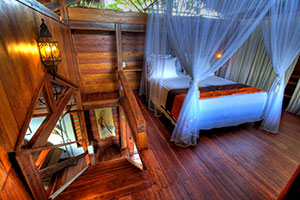
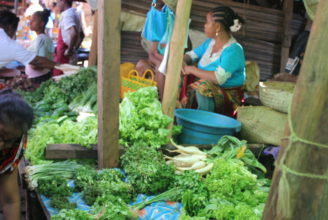
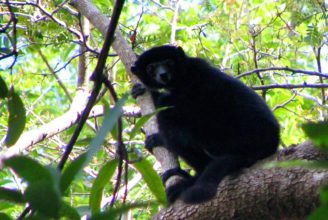
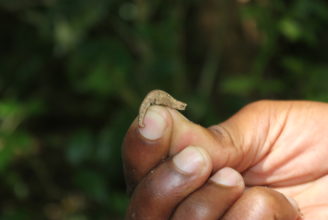
 Lokobe Special Reserve
Lokobe Special Reserve